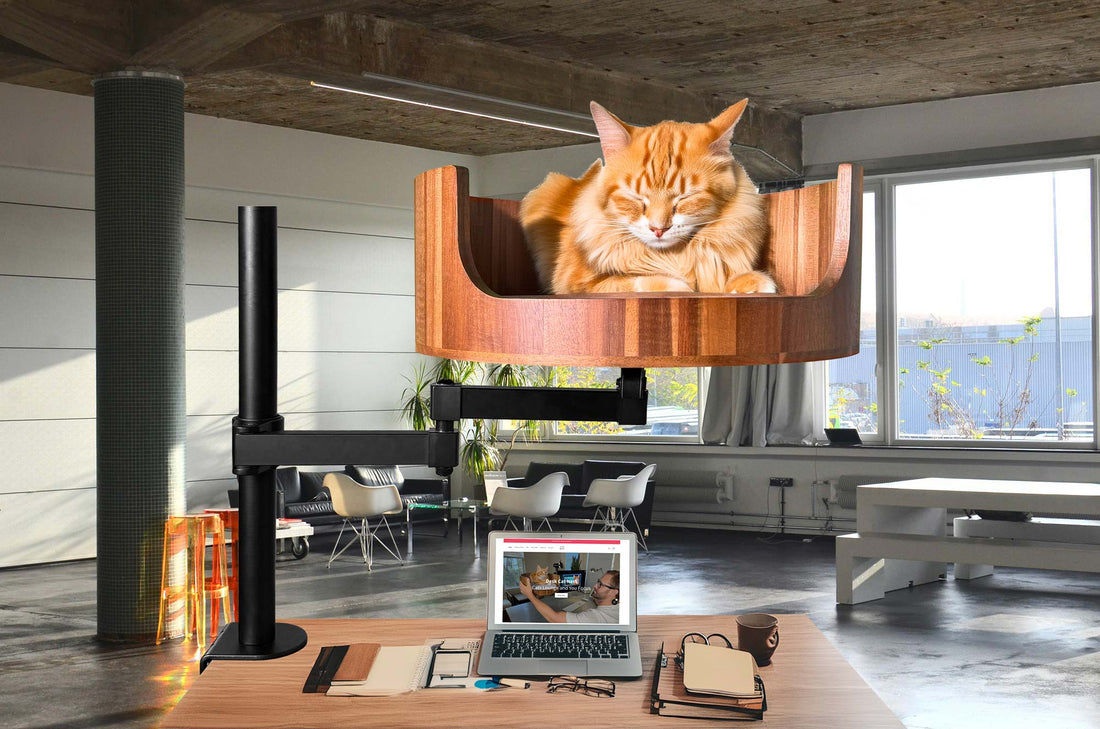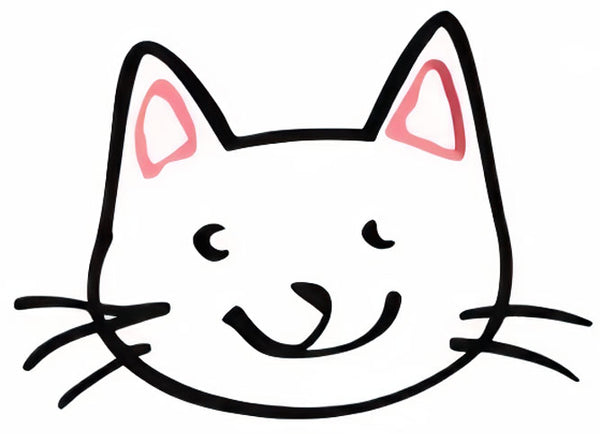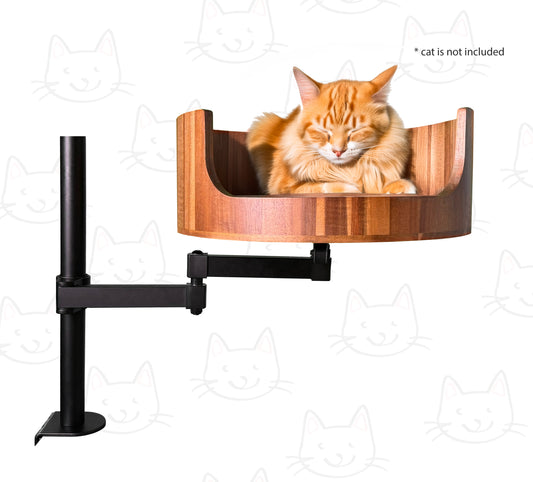
Why Did My Cat's Tail Vibrate? Understanding the Behavior
Share
Have you ever noticed your cat's tail vibrating and wondered what could be causing this behavior? If so, you're not alone. Cats are known for their mysterious ways, and understanding why they do certain things can be a puzzling but fascinating endeavor. In this article, we will delve into the reasons behind your cat's tail vibrating, exploring the various factors that may contribute to this intriguing behavior.
From stress and excitement to communication and instinct, a cat's tail vibration can indicate a range of different emotions and intentions. By unraveling the mystery behind this behavior, we can gain a deeper insight into our feline friends and better understand their needs and desires. Whether your cat is displaying this behavior during playtime, while interacting with other animals, or in response to certain stimuli, knowing why their tail vibrates can help strengthen the bond between you and your furry companion. So sit back, relax, and let's explore the fascinating world of cat behavior together.
1. Cats may exhibit tail vibrations as a way to communicate emotions or intentions, such as excitement, aggression, or frustration.
2. Understanding the context and body language accompanying the tail vibration can help decipher the message being sent by the cat.
3. Tail vibrating can also be a sign of a medical issue, such as pain or discomfort, so it's important to monitor other symptoms.
4. Cats have individual personalities and behaviors, so tail vibrations can vary in meaning from one cat to another.
5. Observing and interacting with your cat regularly can help you better understand their unique communication methods and needs.
## How Cats Use Their Tails to Communicate
Cats use their tails as a means of communication, expressing their emotions and intentions to other animals and humans. When a cat's tail vibrates, it can indicate excitement, fear, or anxiety. For example, a cat may wag its tail rapidly when hunting prey or when playing with a toy. On the other hand, if a cat's tail is vibrating while it is being petted, it may be a sign that the cat is overstimulated and becoming agitated.
## The Role of Tail Vibrations in Social Interactions
Tail vibrations can also play a crucial role in social interactions between cats. When two cats greet each other, they may engage in a behavior known as tail quivering, where their tails vibrate rapidly. This behavior helps cats communicate their intentions and establish a social hierarchy. By observing how cats interact with each other through tail vibrations, we can gain insight into their social dynamics and relationships.
## Health Issues That Can Cause Tail Vibrations
In some cases, tail vibrations in cats may be a sign of underlying health issues. For example, neurological disorders, such as seizures or nerve damage, can cause a cat's tail to vibrate uncontrollably. Additionally, pain or discomfort in the tail area can lead to abnormal tail movements, including vibrations. If a cat's tail continues to vibrate for an extended period or is accompanied by other concerning symptoms, it is essential to consult a veterinarian to rule out any potential health problems.
## How to Respond to Your Cat's Tail Vibrations
When your cat's tail vibrates, it is crucial to pay attention to the context and other body language cues to interpret what your cat is trying to communicate. If your cat's tail is vibrating out of excitement or playfulness, you can continue engaging with your cat in a positive manner. However, if your cat's tail vibrations are accompanied by signs of distress or discomfort, it is essential to give your cat space and try to identify and address the underlying cause of their agitation. By responding appropriately to your cat's tail vibrations, you can strengthen your bond with your feline companion and ensure their well-being.
Frequently Asked Questions
Why did my cat's tail vibrate?
There are several reasons why your cat's tail may be vibrating. It could be a sign of excitement, fear, or aggression. Cats often exhibit this behavior when they are feeling overwhelmed or overly stimulated.
Is tail vibrating a normal behavior for cats?
Yes, tail vibrating is a normal behavior for cats. It is a way for them to communicate their emotions and to express themselves. However, if you notice your cat's tail vibrating excessively or in a way that seems unusual, it is always a good idea to consult with your veterinarian.
How can I help my cat if its tail is vibrating?
If your cat's tail is vibrating, try to figure out what may be causing the behavior. Help your cat by providing a calm and safe environment, and try to eliminate any sources of stress or discomfort. If the behavior persists or if you are concerned, consult with your veterinarian for further advice.
In conclusion, the Desk Cat Bed is a valuable choice for helping with why your cat's tail might be vibrating. The cozy and comfortable design of the bed provides a safe and calming space for your cat to relax and reduce stress, which can often be a reason for tail vibrations. By providing a dedicated space for your cat to rest and unwind, the Desk Cat Bed can help alleviate any underlying anxiety or nervousness that may be causing the tail to vibrate. Additionally, the soothing environment of the bed can promote relaxation and improve overall well-being for your feline companion, making it a beneficial and worthwhile investment for both you and your cat.



















































